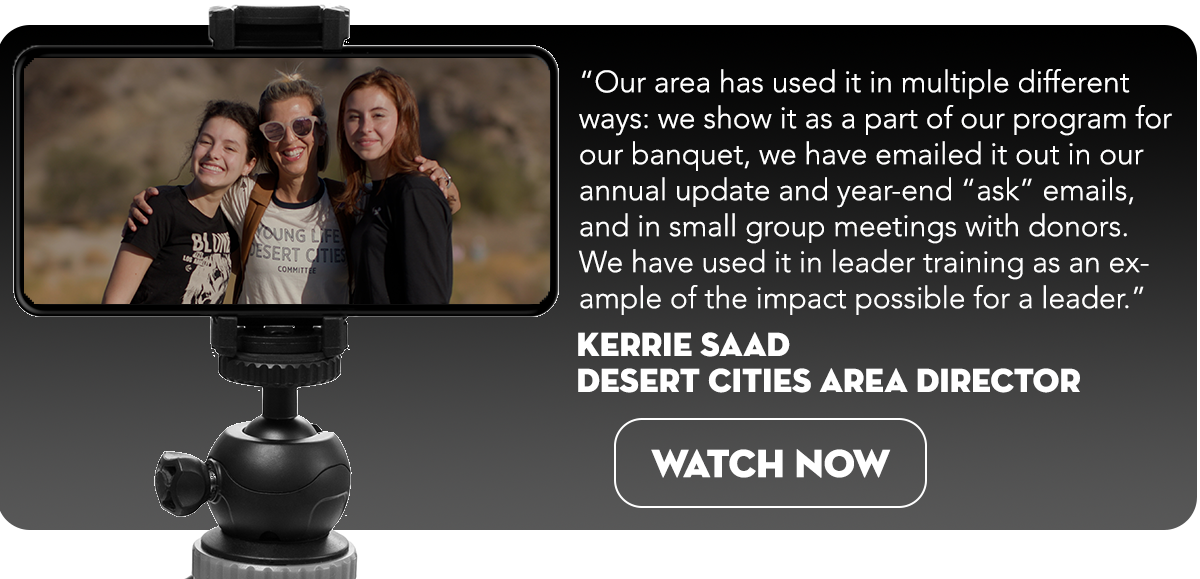Maybe you’re like us in Lewistown, Montana where the schools are in need of substitute teachers more and more. Lewiston is the geographic center of Montana and is known for our natural spring water, hunting, fishing, and epic ranches. While you may not look exactly like us, you probably have the same need for substitute teachers, and the same need to connect with your schools to grow your Young Life clubs.
I decided to give it a try and signed up to be a substitute teacher.
When I got the opportunity to be a substitute, I looked through my club giveaways and office supplies. I was doing a partial day for a history class, and at the end of that day, I left some swag and office supplies with the teacher as a small gift alongside my substitute notes from the day. I thanked that teacher for the opportunity to serve them in their absence, as well as the opportunity to serve their students. After that first day, I decided to try it over and over again each day I substituted.
A Wow Experience
In Young Life, we’re all about making fun experiences that have a wow factor and make people want to come back for more. We know that it’s a party with a deeper purpose, so when we can bring a little fun moment to a teacher, why wouldn’t we? Think about how many substitutes leave a little extra gift with their sub notes. Probably not many.
The Physical Objects Matter
Everyone loves getting gifts and often those gifts sit around that teacher’s desk for a few days or even weeks. It’s a small visual reminder of that great experience they had with you as their substitute each time they see it. They remember that that was a different substitute teacher experience and they start to get curious.
Serve
Go into the opportunity with the mentality that you are there to serve. Our teachers have had a rough few years, and our kids have too. You get a chance to serve all of them when you sub. Taking that quick moment to thank them for the opportunity to serve them and their kids, shows the teacher you care. It also opens up the conversation for bigger needs that teachers may have.
Long-term Relationships
By leaving these small gifts and small notes of gratitude with our teachers, I’ve built up relationships and rapport with these teachers. They inevitably ask me about what Young Life is about and what my connection is to the group. This has proven to open the doors of communication with teachers to learn of their potential interest, needs for their classrooms, and students. We’ve seen more doors open just by taking a few small, simple steps as a substitute. Not only that, but we’ve gotten to know more students too, as well as their needs.
We found a simple way to keep Young Life in front of our teachers in a way of service and support to them. These connections have been invaluable for us as we build our clubs and serve our students. The open door starts with a simple act of service!
Written by: Tim Painter
* While you’re serving, be sure to follow the school’s protocols; it’s not a place to promote Young Life club, but it’s a great way to care for teachers and be seen.








